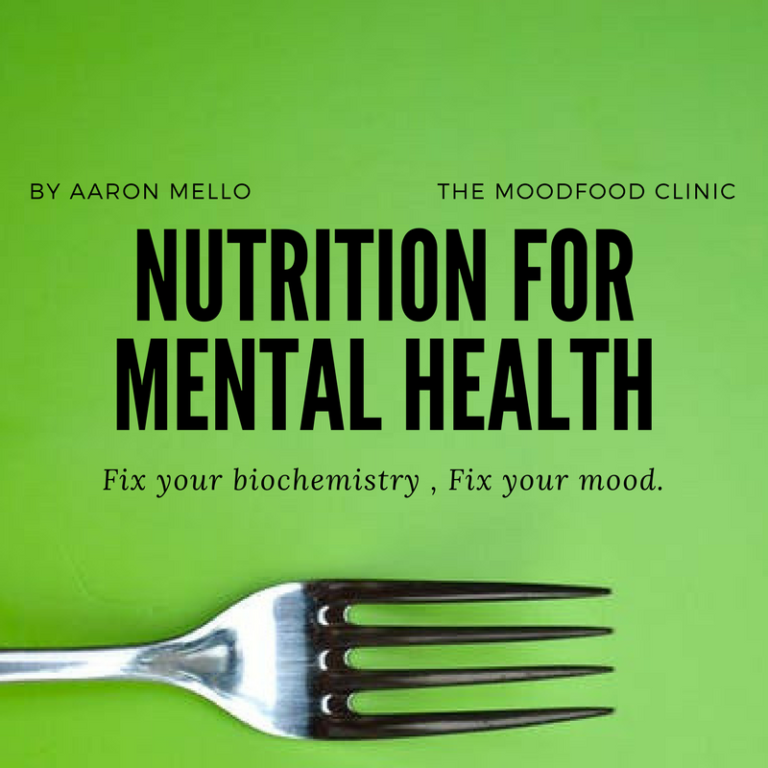You might already have noticed that many (if not all) of your significant romantic relationships tend to have something in common.
Your current and ex-partners all might be fairly different from each other in most of their characteristics, but there is probably at least one thing that they all share, and that is the way in which you relate to them.
Some relationships will work out and some won’t, but in all probability, you (and your partners as well) will have a tendency to behave, feel, and react in one specific manner. This relatively steady form of relating to our love partners is called attachment style.
Attachment style is something that is formed during our early childhood, and it is something that affects (maybe even dictates) how we will choose our partners, how those relationships will develop, and usually, how they will end.
This and our next blog post will explain what attachments styles are there, how they are formed and help you determine how you relate to others. After you get to understand yourself in your love life a bit better, we will also explain how destructive attachments can be mended with the help of psychotherapy so that you can love and relate to others free of unhealthy patterns in behavior and emotions.
What are Attachment Styles and How We Got Ours?
When we were children, we had certain experiences within our family, and everything that we experienced, either directly or indirectly, affected who we will become in our future relationships.
Our first taste of the world and others came when we were infants through the way in which our caregivers interacted with us. Human infants, similar to other mammals, are equipped with a range of behaviors that have a function to maintain physical proximity of the caregiver (usually mother in the first months of life), thus ensure protection, care, and support.
Babies cry, cling, search for, and do everything in their power to remain close to their mothers. This closeness needs to be not only physical, but also psychological, as the child’s emotional needs become almost equally important as biological ones. And mothers (or other primary caregivers) react in a certain way to their child, responding to their attempts to get attention they need in a certain way.
These dynamics develop our means of getting needs met which develops into stable attachment styles projecting themselves into adulthood (although it is not uncommon that attachment style changes over time, both towards more secure and towards insecure attachments).
Adulthood attachment styles, in essence, are manifested as the way in which we react to our emotional needs in a relationship, and how we try to meet those needs.
Based on our attachment style and that of our partner’s, we will most likely feel either confident and secure in our relationship or marriage, or we will feel insecure in a number of ways.
What follows is a brief overview of four attachment styles that we see in adults as well as children.
Four Attachment Styles
The basic dimensions of attachment, according to attachment theory, are avoidance and anxiety. These can be low or high in our relationship with others, and based on the combination of these dimensions we get the four attachment styles: secure (low avoidance and low anxiety), preoccupied (low avoidance but high anxiety), fearful-avoidant (high avoidance and high anxiety), and dismissing-avoidant (high avoidance but low anxiety). Apart from the secure model (which, fortunately, is found in approximately 60% of adults), the remaining three usually come with problems in emotional life.
A securely attached person is confident, and tends to be more satisfied with their relationship. They feel connected and close to their partner but also have a need to allow themselves and their partner enough space and freedom. A securely attached person is independent, but in distress finds and offers comfort within the relationship. It is an ideal way of relating to others, with affection, intimacy, and healthy independence.
Preoccupied individuals have a burning need to be close to their partner as their anxiety is high to the point of emotional hunger. This is especially true in any stressful situation when a preoccupied person will have a strong need to be constantly reassured of their partner’s affection. Yet, by being clingy, possessive, and highly demanding, they often drive the partner further away and the vicious cycle of insecurity and clingy-ness closes.
Fearful-avoidant persons experience high levels of ambivalence in their relationships, as they are afraid of both being both too close with and too separate from their partner. Such a difficult position often results in true emotional outbursts, and their relationships tend to be chaotic, dramatic, with many break-ups and getting back together. In essence, a person with this attachment style will feel the need to be close to their partner, but will also believe that if you’re too close to someone, you are bound to be hurt and betrayed.
Finally, dismissing-avoidant individuals have a strong need for something that is only pseudo-independence. They distance themselves from their partners and tend to their inner world, disregarding the human need to be close to another person, which allows them to detach from their partners with ease and remain somewhat cold and composed in situations that would make others lose their cool. Such a person will have difficulties forming meaningful relationships, as a true relationship with another person demands a certain level of bond and closeness.
***
These are just basic descriptions of four attachment styles and of their foundational characteristics. Every person is somewhere on the plane where anxiety and avoidance cross, and the exact nature of our attachment can usually be expressed as a level to which we are securely or insecurely attached, rather than us falling into a strict attachment style category. In order to understand how you relate to others, take this free online test that will help you determine your own attachment style and maybe get to know yourself in your love life a bit better:
[maxbutton id=”2″ ]
[maxbutton id=”1″ ]







